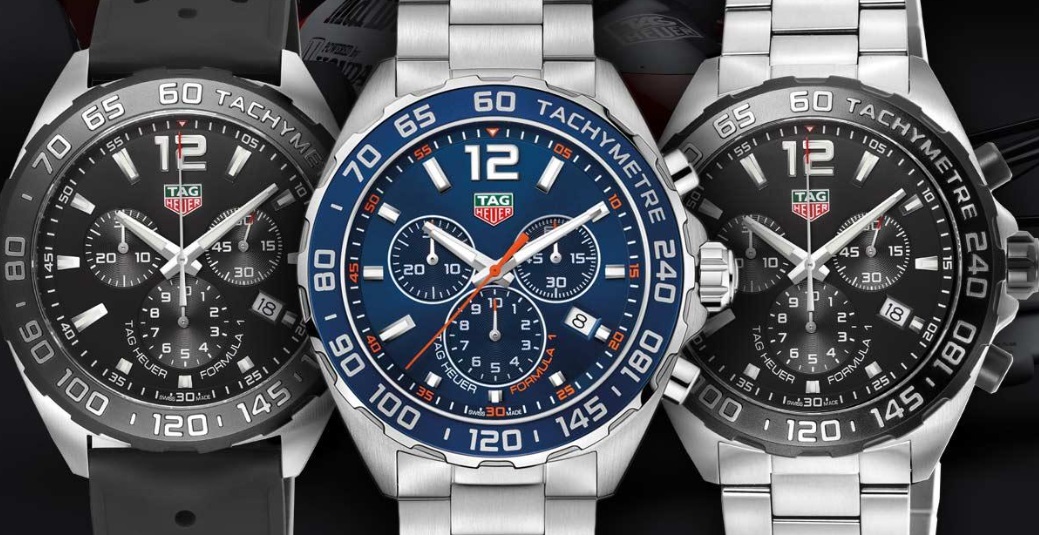What Might Be Next In The Swiss Watch Brands
What Might Be Next In The Swiss Watch Brands
Blog Article
Why the Swiss Made Wrist Watch Remains the Ultimate Symbol in Horology

When it comes to craftsmanship, accuracy, and tradition, nothing comes close to the Swiss timepiece. For many years, Switzerland has held an elite status in the world of horology—synonymous with luxury, technical excellence, and timeless style. But what exactly sets a Swiss Made wrist watch apart, and why should you consider owning one? As a watch expert, let’s explore what makes these masterpieces so iconic.
Understanding the Meaning of Swiss Made
The term “Swiss Made” is more than a branding phrase; it’s a standardized designation with firm requirements. For a watch to bear the “Swiss Made” mark:
- The inner mechanism must be Swiss
- The movement must be cased up in Switzerland
- The final inspection must be conducted in Switzerland
- At least 60% of manufacturing costs must originate in Switzerland
These rules ensure a Swiss Made watch isn’t just assembled in Switzerland—it’s a product of the nation’s unparalleled tradition of watchmaking excellence.
The Heritage Behind Swiss Made Watches
Switzerland’s watchmaking story dates back to the 16th century, when Huguenot craftsmen brought their skills to Geneva. Over the centuries, Swiss artisans perfected their techniques, giving rise to key innovations like the self-winding mechanism, stopwatch function, and high-precision regulator.
Today, world-famous brands such as Rolex, Patek Philippe, Omega, TAG Heuer, and Tissot continue this proud heritage, producing watches that are not only aesthetically stunning but also durable. Whether you’re admiring a minimal dress watch or a complex perpetual calendar, a Swiss Made timepiece reflects generations of accumulated skill.
Why Choose a Swiss Made Wrist Watch?
If you’re considering purchasing in a luxury timepiece, here’s why Swiss Made watches are often the preferred choice:
- Unmatched Craftsmanship
Swiss watchmakers are known for painstaking attention to detail. Every component is expertly crafted—often hand-finished—to meet precise standards. From Geneva stripes to polished bezels, the quality is instantly recognizable.
- Trusted Swiss Movements
Swiss movements are globally recognized for their timekeeping performance and durability. Brands like ETA and Sellita, as well as in-house movements from Rolex and Omega, set the benchmark for mechanical and quartz reliability.
- Lasting Worth
Many Swiss Made watches retain or even increase in value—especially limited editions and vintage pieces. Collectors worldwide seek out exclusive Swiss models for their legacy and craftsmanship.
- Wearable Art
Swiss watches are more than timekeepers—they’re artistic expressions. From the sleek Jaeger-LeCoultre Reverso to the iconic Audemars Piguet Royal Oak, each design tells a story.
Top Swiss Watchmakers Worth Exploring
If you’re new to Swiss Chronograph Watches the Swiss Made world, here are some of the most respected names in the industry:
- Rolex – Known for durable luxury, with models like the Submariner and Datejust.
- Omega – Makers of the Seamaster, blending innovation with legacy.
- TAG Heuer – A favorite for sports fans, known for the Carrera and Monaco.
- Tissot – Great entry-level option, offering reliable Swiss quality at accessible prices.
- Patek Philippe – Elite watchmaker focused on mechanical artistry and tradition.
How to Maintain Your Timepiece
To preserve your Swiss Made wrist watch:
- Have it checked every 4 to 7 years
- Store it in a cool, dry place
- Avoid strong magnetic fields
- Ensure the crown is pushed in before water exposure
Routine maintenance helps ensure your timepiece stays pristine.
Conclusion
Owning a Swiss Made wrist watch is more than a style statement—it’s a celebration to innovation. Whether you’re buying your first or adding to a collection, you’re becoming part of a tradition that transcends time.
Next time you glance at your wrist and see “Swiss Made” on the dial, remember—you’re wearing a legacy shaped by the world’s finest watchmakers. Report this page